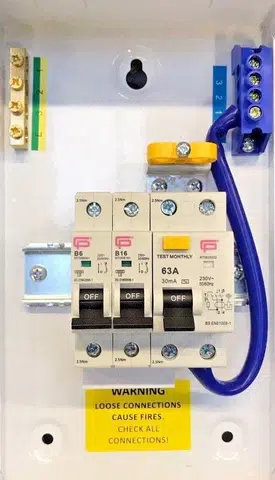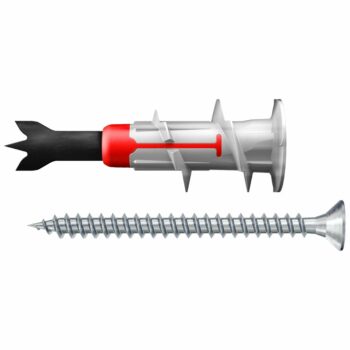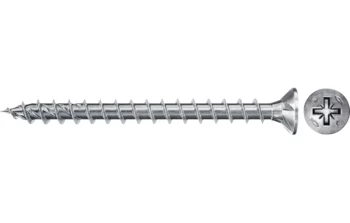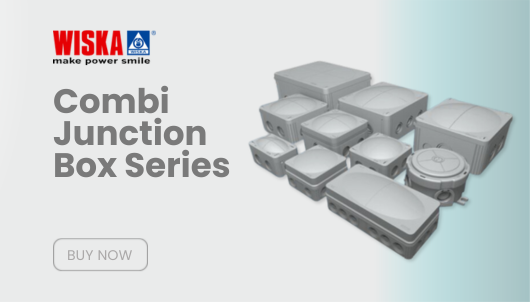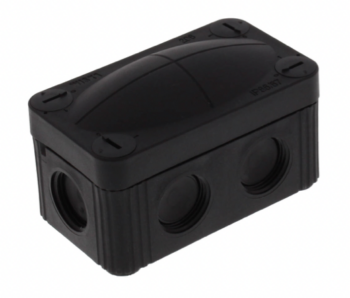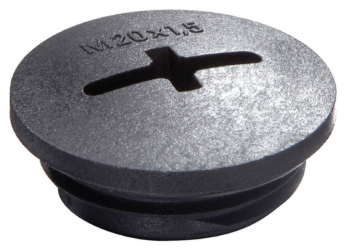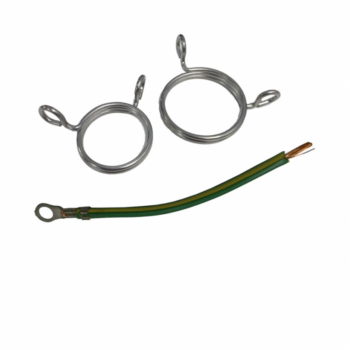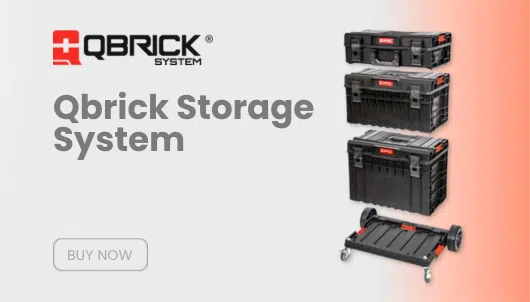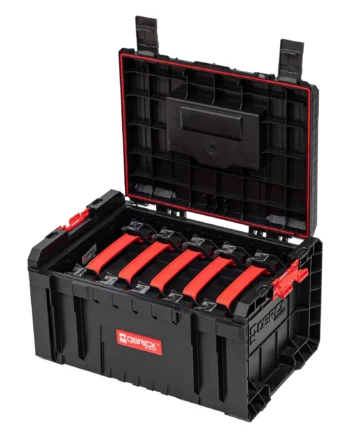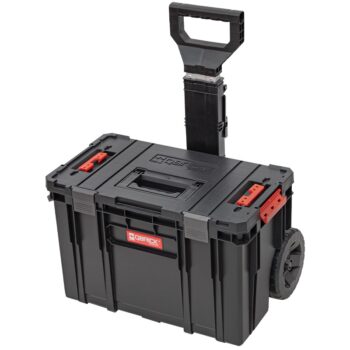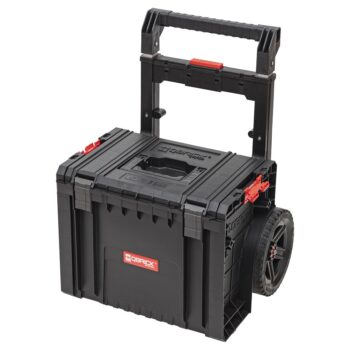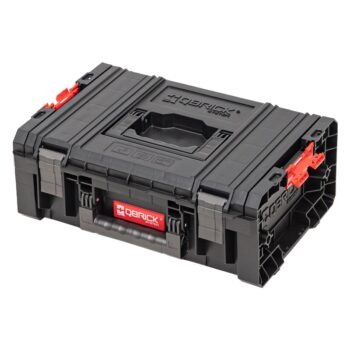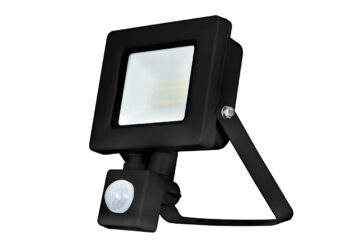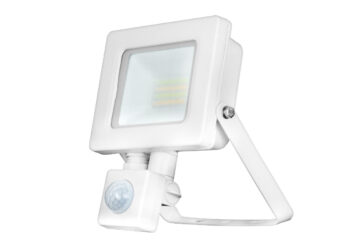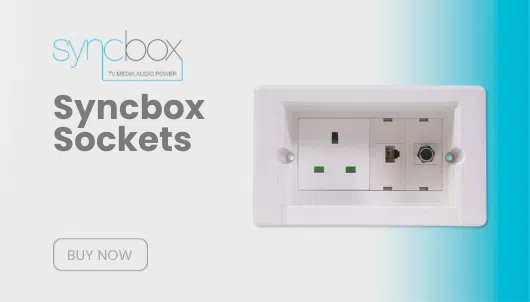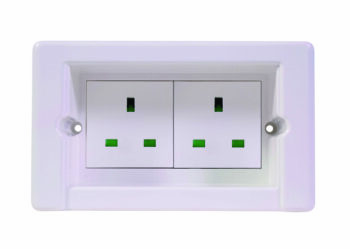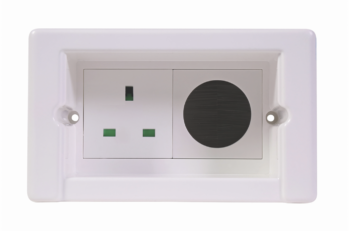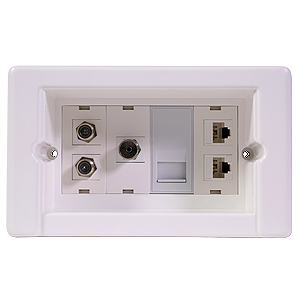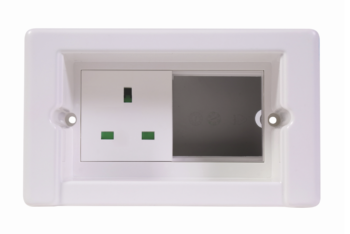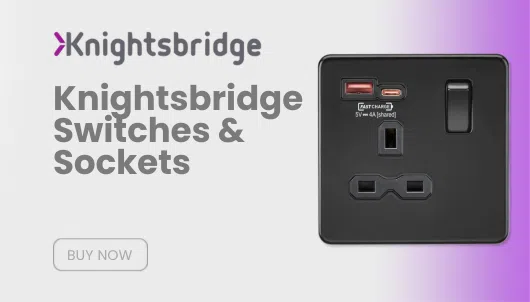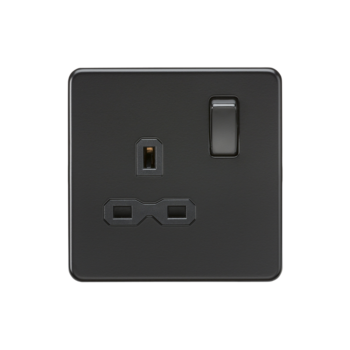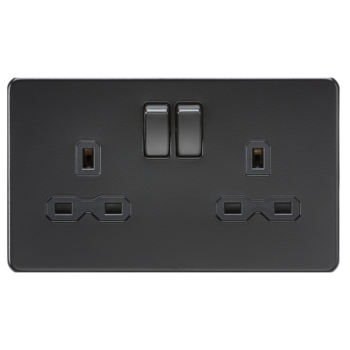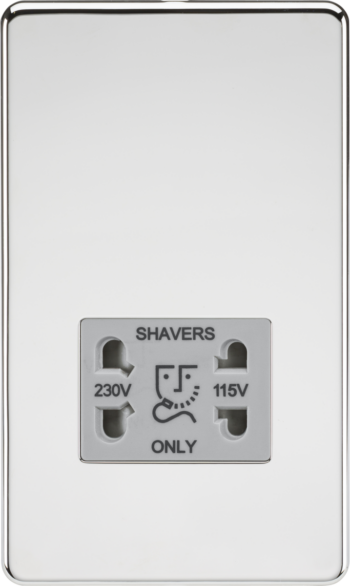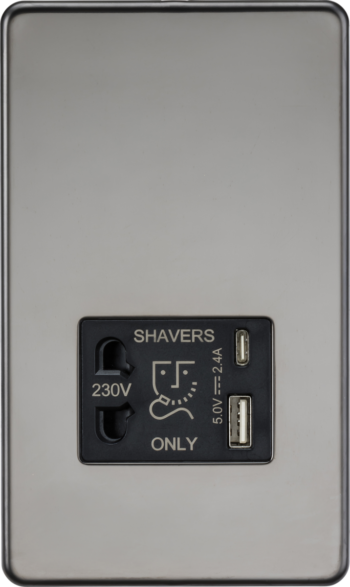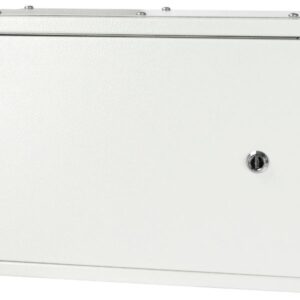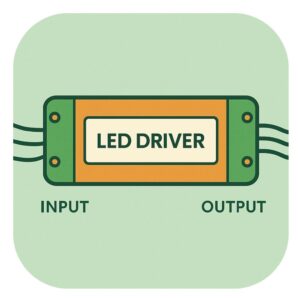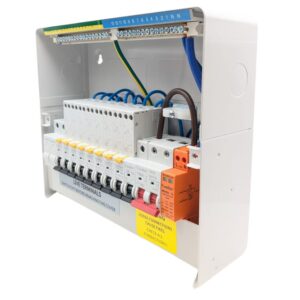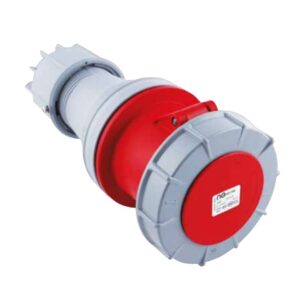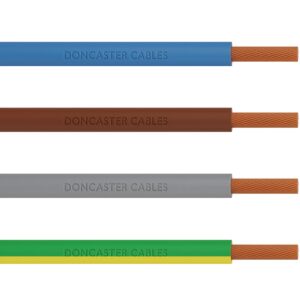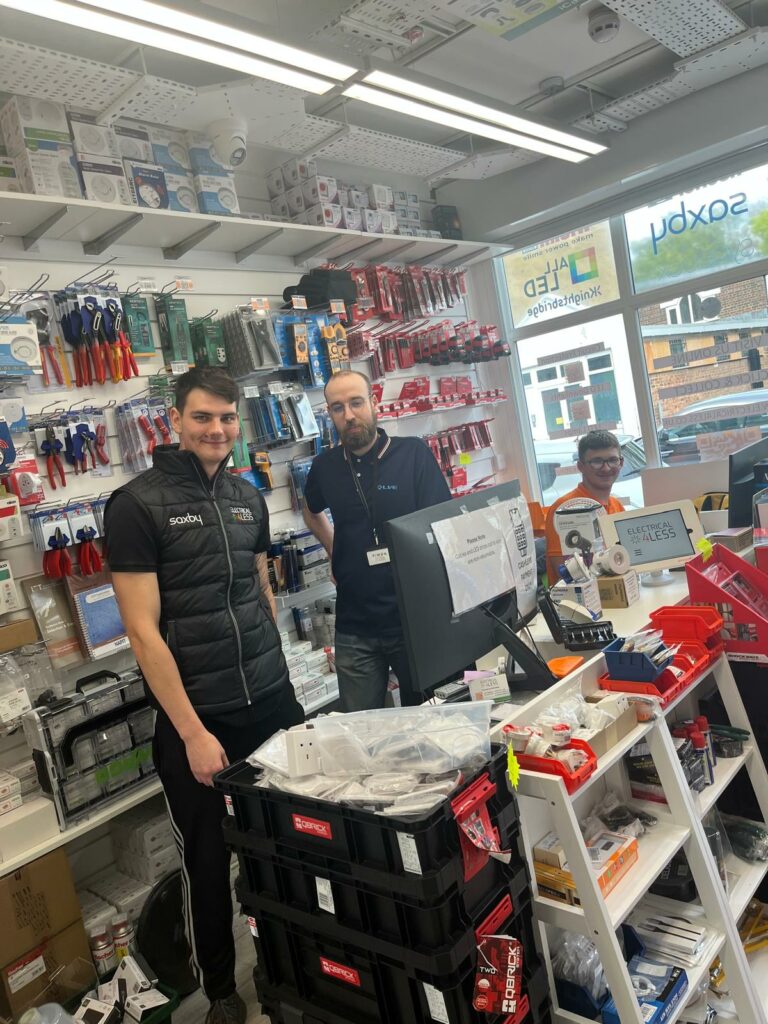A Complete Guide to Powering Your Garage Safely
Your garage is more than just a place to park your car—it’s a functional space that may house anything from power tools to home appliances, or even a workshop. With an increasing number of people using their garages for more than just storage, ensuring that the electrical system in your garage is safe, reliable, and up to code is essential. Enter the garage consumer unit—a small but mighty component that plays a critical role in managing and protecting the electrical circuits in your garage.
In this comprehensive guide, we will walk you through everything you need to know about garage consumer units, from what they are, why they are important, to how to choose the best unit for your needs. By the end, you’ll be equipped with the knowledge to make informed decisions about your garage’s electrical setup.
Table of contents
- A Complete Guide to Powering Your Garage Safely
- 1. What is a Garage Consumer Unit?
- 2. Why You Need a Garage Consumer Unit
- 3. How a Garage Consumer Unit Works
- 4. Different Types of Garage Consumer Units
- 5. Choosing the Right Garage Consumer Unit
- 6. Fusebox, Hager, and Live: Top Brands in Consumer Units
- 7. How to Install a Garage Consumer Unit Safely
- 8. Common Garage Consumer Unit Setups
- 9. Upgrading Your Existing Garage Consumer Unit
- 10. Garage Consumer Units and Electrical Regulations
- 11. Conclusion: Why a Garage Consumer Unit is a Must-Have
1. What is a Garage Consumer Unit?
A garage consumer unit is essentially a mini-version of the main fuse box found in your home. It serves as the control center for your garage’s electrical circuits, ensuring that power is distributed safely and efficiently. Typically, a garage consumer unit contains essential components such as MCBs (Miniature Circuit Breakers) and RCDs (Residual Current Devices) that protect the electrical circuits from overloads and potential hazards like electric shocks.
These units are specifically designed for garages, sheds, workshops, and outbuildings where electrical demands can vary widely. Whether you are running power tools, charging an electric vehicle, or simply lighting up the space, this type of fuse box ensures that everything functions smoothly and, more importantly, safely.
2. Why You Need a Garage Consumer Unit
You may wonder: Do I really need a separate fuse box for my garage? The answer is a resounding yes, and here’s why.
Safety First
Garages often house powerful equipment like saws, drills, or EV chargers. These devices draw a significant amount of power, which can easily overload a standard circuit. This type of fuse box offers overcurrent protection and ensures that any electrical faults are swiftly detected and dealt with before they cause harm, such as fire or electric shocks.
Efficient Power Distribution
A dedicated cu in your garage enables you to distribute power efficiently to different circuits. This is especially useful if you have multiple power-hungry devices in the garage. Instead of drawing all the power from your home’s main supply, the garage consumer unit divides the load across several circuits, preventing overloads.
Compliance with Electrical Regulations
Installing a consumer unit in your garage helps you meet the electrical safety regulations required in the UK and beyond. Modern electrical standards demand that all circuits, especially those in potentially hazardous environments like garages, have RCD protection. Without a dedicated consumer unit, achieving this level of safety is difficult.
Future-Proofing
As we move toward a world where electric cars and home workshops are becoming more common, garages need to be equipped to handle higher electrical loads. A garage consumer unit prepares you for this by allowing easy upgrades and ensuring that your garage can support a range of electrical needs.
3. How a Garage Consumer Unit Works
At its core, a garage consumer unit acts as a smaller version of the main consumer unit in your home. It manages the flow of electricity from the main supply to the different circuits in your garage. Here’s a simplified breakdown of how it works:
- Incoming Power Supply: Electricity flows from the main consumer unit in your home to the garage consumer unit. Typically, this involves running a suitable armoured cable (SWAs) between the two units.
- MCBs and RCDs: Once the electricity enters the garage consumer unit, it’s routed through various protection devices like MCBs (Miniature Circuit Breakers) and RCDs (Residual Current Devices). MCBs protect against short circuits and overloads, while RCDs monitor for earth faults and prevent electric shocks.
- Distribution: The consumer unit then distributes power to the different circuits in your garage. One circuit might handle your lighting, while another handles your power tools or EV charger. Each circuit is protected by its own breaker, ensuring safety.
- Protection: If there’s a fault—like an overloaded circuit or a ground fault—the relevant breaker in the consumer unit will trip, cutting power to the affected circuit and protecting both you and your equipment.
4. Different Types of Garage Consumer Units
When choosing a garage consumer unit, it’s essential to understand the different types available. Here are the most common options:
1. Standard Garage Consumer Unit
This is the most common type of consumer unit designed for garages. It typically features two to six circuit breakers, making it ideal for small to medium-sized garages with a few electrical circuits. These units are fitted with both MCBs and RCDs to ensure full protection.
2. RCD Garage Consumer Unit
An RCD consumer unit offers enhanced safety by focusing primarily on residual current detection. If you have a garage with sensitive equipment or where there’s a higher risk of electrical faults, an RCD-heavy consumer unit might be the best option. RCDs offer protection against ground faults and prevent dangerous electric shocks.
3. Garage Consumer Unit with Surge Protection
Some garage consumer units come equipped with surge protection, which shields your electrical devices from voltage spikes caused by lightning or power surges. If you have expensive equipment or electronics in your garage, opting for a unit with surge protection could save you a lot of headaches.
4. Dual RCD Consumer Unit
A dual RCD consumer unit provides extra protection by having two separate RCDs. This means that if one RCD trips due to a fault, the other RCD continues to provide protection to the unaffected circuits. This setup is particularly useful in garages where different circuits power separate functions, like lighting and heavy machinery.
5. Choosing the Right Garage Consumer Unit
Choosing the right garage consumer unit for your space depends on a few key factors. Let’s break down what you should consider:
1. Size of Your Garage
The bigger your garage, the more circuits you’re likely to need. For a single-car garage with minimal electrical demands, a 2-way consumer unit might be sufficient. But if you have a large garage with several power tools or an electric vehicle charger, you’ll need a larger unit with multiple circuits.
2. Your Electrical Load
Do you use your garage as a workshop with power tools? Or is it just for lighting and storing appliances? If your garage draws a lot of power, you’ll need a consumer unit that can handle heavier loads without tripping frequently.
3. Future Needs
When choosing a garage consumer unit, it’s wise to plan for the future. If you’re thinking of installing an electric vehicle charger or adding more appliances down the line, select a unit that offers room for expansion. For example, some units allow for easy addition of extra circuit breakers.
4. Brand and Quality
The market is filled with different brands of consumer units, but it’s crucial to choose a reputable brand like Fusebox, Hager, or Live. These brands are known for their durability, reliability, and compliance with modern electrical standards.
6. Fusebox, Hager, and Live: Top Brands in Consumer Units
If you’re looking for a garage consumer unit, selecting the right brand can make all the difference in terms of quality, reliability, and long-term durability. Here’s a look at some of the leading brands in the market:
1. Fusebox

Fusebox is a trusted name in the electrical industry, known for producing affordable yet highly reliable consumer units. Their garage consumer units come in various configurations, offering both RCD and MCB protection. What makes Fusebox stand out is their emphasis on user-friendly designs and easy installation—perfect for electricians and DIY enthusiasts alike.
2. Hager

Hager is synonymous with quality and precision engineering. Their consumer units are popular in both residential and commercial settings. For garage use, Hager units offer robust construction, fire-resistant enclosures, and advanced safety features like dual RCD protection. With Hager, you’re investing in long-term safety and performance.
3. Live
Live is another top-tier brand known for delivering reliable electrical components. Their garage consumer units are designed with practicality in mind, ensuring that you have everything needed for a safe and efficient electrical setup. Live units are also known for their sleek designs, making them an aesthetically pleasing addition to any garage.
7. How to Install a Garage Consumer Unit Safely
Installing a garage consumer unit requires expertise and should always be done by a qualified electrician. However, understanding the process can give you peace of mind and help you ensure that the job is done correctly.
1. Safety First
Before any installation, ensure the power is turned off at the main consumer unit to avoid any risks of electric shock. Your electrician will also test to ensure there’s no residual current.
2. Running the Cable
A suitable armoured cable will need to be run from your home’s main consumer unit to the garage consumer unit. This cable should be appropriately rated to handle the load required by your garage circuits.
3. Mounting the Unit
The garage consumer unit will need to be securely mounted on the wall in a convenient location. It’s essential to ensure the unit is both accessible and safe from environmental hazards like moisture or dust.
4. Connecting the Circuits
The electrician will then wire the individual circuits into the unit, ensuring that each breaker corresponds to the right appliance or section of the garage (e.g., lighting, power tools, EV charger).
8. Common Garage Consumer Unit Setups
Not all garages are the same, and neither are their electrical setups. Below are a few common setups depending on your garage’s needs:
1. Basic Setup
For a small garage with minimal electrical needs—perhaps just a light and a power socket—a 2-way consumer unit with MCBs for lighting and socket circuits is sufficient.
2. Workshop Setup
For garages that double as workshops, a 4-way consumer unit with separate circuits for lighting, sockets, and dedicated power tool circuits may be needed. RCD protection is crucial in these cases to ensure maximum safety.
3. Electric Vehicle Charger Setup
If your garage houses an electric vehicle charger, you’ll likely need a 6-way consumer unit to accommodate the increased power demand. Many EV chargers also require their own dedicated circuit with MCB and RCD protection.
9. Upgrading Your Existing Garage Consumer Unit
As technology evolves, so do the electrical demands of our homes. If your garage consumer unit is outdated or if you’ve added new appliances to your garage, it may be time for an upgrade.
Signs It’s Time for an Upgrade
- Frequent tripping of breakers
- Adding an electric vehicle charger
- Installing power-hungry equipment like saws or welders
- Poor or unsafe wiring around the consumer unit
Upgrading your unit not only ensures that you stay compliant with current regulations, but it also enhances safety and efficiency.
10. Garage Consumer Units and Electrical Regulations
In the UK, all electrical installations must comply with the 17th Edition of the Wiring Regulations (BS7671). Garages, like any other part of the home, must adhere to these strict standards, which require:
- RCD protection for circuits supplying power to garages.
- Proper insulation and protection of wiring.
- Installation by a qualified electrician who can certify the work.
Failing to meet these standards could not only pose a safety risk but also lead to issues when selling your property.
11. Conclusion: Why a Garage Consumer Unit is a Must-Have
A well-installed garage consumer unit is not just a legal requirement—it’s a critical investment in the safety and functionality of your home’s electrical system. Whether you’re powering a workshop, an EV charger, or simply keeping the lights on, having a dedicated consumer unit in your garage ensures that your power is distributed efficiently, safely, and in compliance with modern regulations.
With top brands like Fusebox, Hager, and Live offering units that cater to every need, there’s never been a better time to upgrade or install a garage consumer unit. Whether you’re upgrading an old system or setting up a new garage, choosing the right consumer unit guarantees peace of mind and long-term performance.
See our full range of Garage Consumer Units here!

